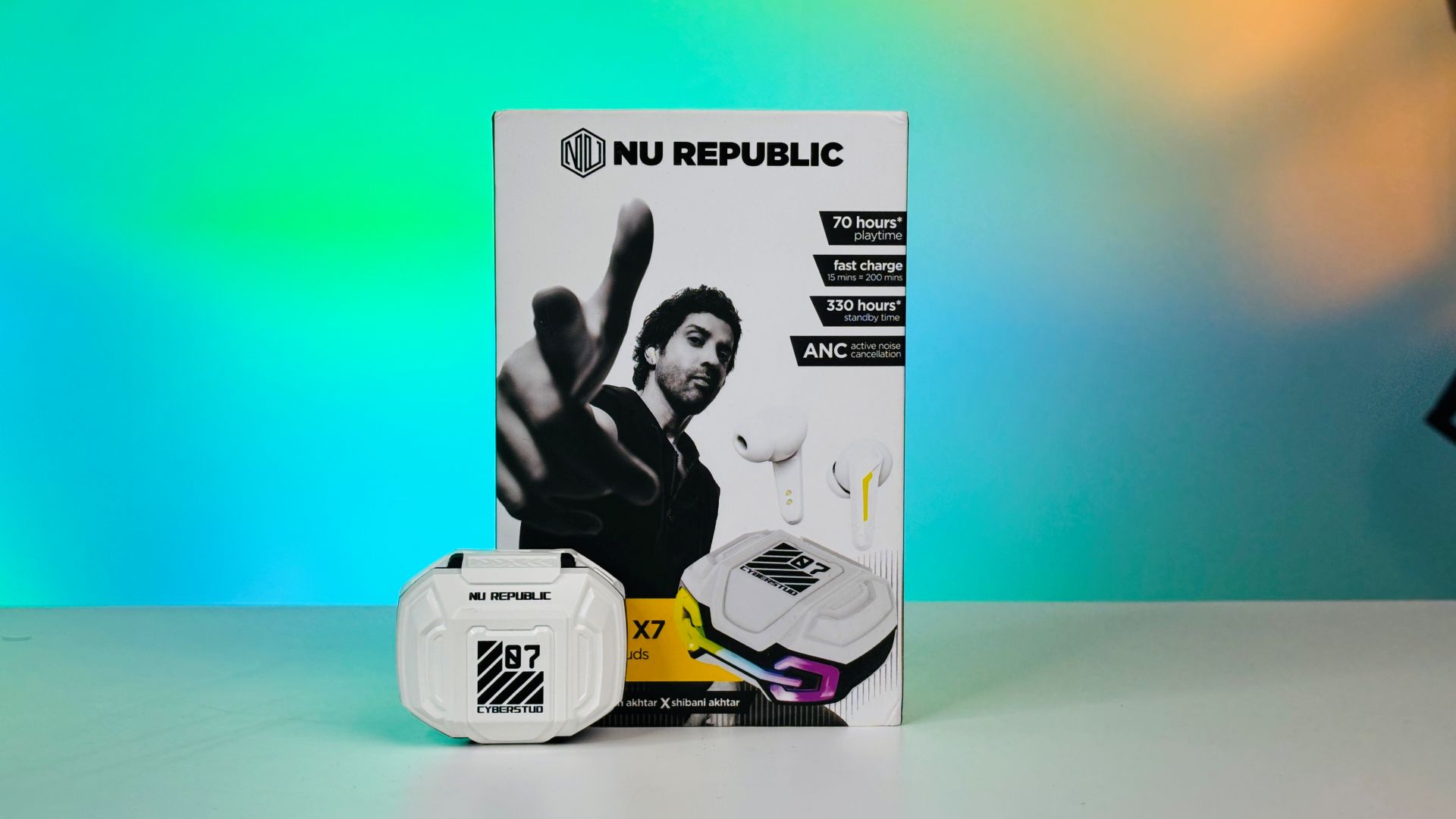
Samsung’s newest foldable flagship, the Galaxy Z Fold6, faces a more challenging landscape than its predecessors due to intensified competition in the foldable smartphone market. Samsung must maintain its lead while balancing customer expectations with proven design elements.
Price Hike and Incremental Upgrades
The Galaxy Z Fold6’s price has increased significantly, with the base model (12GB RAM, 256GB storage) now costing ₹1,64,999, compared to the 512GB storage option at the same price last year. This raises questions about the value proposition of the generational upgrade, especially considering the capable competition from Vivo X Fold3 Pro and OnePlus Open.
Familiar Design with Enhanced Usability
While the Galaxy Z Fold6 features a slightly smaller footprint, reduced weight, the latest Snapdragon 8 Gen 3 chip, and a more usable cover display, the overall design remains similar to its predecessors. The camera system also remains unchanged for three generations, potentially raising concerns when compared to competitors’ advancements in foldable photography.
Software and AI Capabilities
Samsung promises 7 years of OS and security updates, a significant commitment for long-term support. The Galaxy Z Fold6 also boasts enhanced AI capabilities, including photo editing features like object removal and background filling. Additionally, the Sketch to Image feature, particularly useful with the S Pen, allows users to creatively integrate AI-generated elements into their photos.
Performance and Comparisons
The Galaxy Z Fold6’s customized Snapdragon 8 Gen 3 chip delivers top-tier performance, comparable to leading flagship smartphones like the Xiaomi 14 Ultra and Vivo X100 Pro. However, its unchanged camera hardware, while capable, may not meet the rising expectations for foldable photography compared to competitors like Vivo and OnePlus.
Camera Performance and Limitations
Samsung relies on image processing advancements to compensate for the two-generation-old camera hardware. Daytime photos are generally pleasing, especially in high-resolution mode, and skin tones are handled better. However, low-light photos and portraits may require additional editing, and the telephoto lens can produce slightly soft images.
Samsung’s Strategic Approach
The Galaxy Z Fold6 faces stiff competition in the evolving foldable market. Samsung’s strategy of incremental upgrades and reliance on software enhancements, while delivering a capable all-around device, may not fully satisfy users who prioritize cutting-edge camera technology in their foldable phones.


















